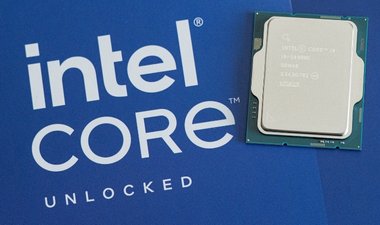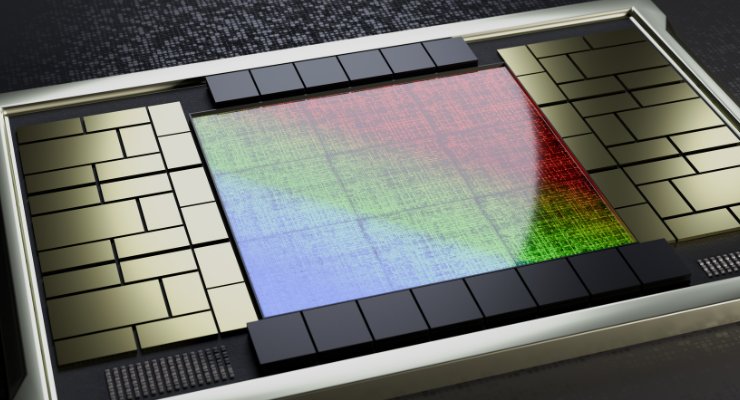The Thriving Chiplet Ecosystem: A Look at Growth and Challenges
Chiplet technology is rapidly transforming the semiconductor industry, ushering in a new era of modular design. However, a robust ecosystem is essential to unlock its full potential. Let's explore the key players, market growth forecasts, and some of the challenges that lie ahead.
Building the Ecosystem: Key Players and Considerations
The chiplet ecosystem is brimming with activity, with various players contributing to its development:
- Electronic Design Automation (EDA) Companies: The "big three" EDA players Synopsis, Siemens EDA, and Cadence, are actively supporting chiplet design. However, design complexity remains a challenge. Integrating chiplets with their interconnects significantly increases the design workload, demanding advancements in design verification tools.
- Foundries: TSMC and Intel are major foundry players offering proprietary packaging and interconnect technologies specifically designed for chiplets.
- Outsourced Semiconductor Assembly and Test (OSAT) Companies: Major OSAT players like Amkor, ASE, and JCET play a crucial role in chiplet manufacturing. Additionally, companies like IBM with extensive chiplet research experience further contribute to the ecosystem's growth.
Innovation at the Forefront: Pioneering Designs and Initiatives
- AMD: A leader in chiplet technology, AMD has been at the forefront with the introduction of their EPYC processor with four chiplets in 2017. They continue to integrate chiplet designs across various product lines.
- DARPA's CHIPS Program: The US Department of Defense's (DoD) research agency, DARPA, has been actively promoting chiplet adoption through its CHIPS program. This initiative aims to establish heterogeneous packaging facilities within the US, partnering with companies like Intel, Xilinx, and Keysight.
Testing Considerations in a Chiplet World
Chiplet production presents unique challenges for testing companies. The higher volume of individual die necessitates increased testing workloads. Additionally, ensuring proper functionality before final packaging becomes crucial, especially in stacked chiplet designs.
Market Growth Projections: A Thriving Future
The chiplet market is poised for significant growth, with a projected increase from 15% to 33% of the total chip market by 2030. This translates to an impressive CAGR of 19.7% for chiplets compared to a modest 3.8% for monolithic devices.
Key Drivers of Chiplet Adoption
- High-Performance Computing: Servers, high-performance computing (HPC), and data centers are major beneficiaries of chiplet technology, fueled by the growth of Artificial Intelligence (AI).
- Gaming Performance: Chiplets are enabling significant performance improvements in consumer PC gaming. AMD's Ryzen 7 5800X3D desktop CPU with 3D-stacked L3 cache showcases a 15% boost in gaming performance.
- Edge Computing: Specific use cases in edge computing, such as Advanced Driver-Assistance Systems (ADAS), leverage the flexibility offered by chiplet-based designs.
Conclusion
The chiplet ecosystem is brimming with potential, fostering innovation and propelling semiconductor technology forward. By addressing current challenges and leveraging the strengths of key players, the chiplet market is poised to experience explosive growth in the coming years.
The Future of Chiplet Technology
The future of chip design is inextricably linked to chiplets. As the technology matures, the chiplet ecosystem will continue to develop, offering a wider range of pre-designed, high-quality chiplets.
For the full story on chiplets, the history, applications, and forecasts, read Chiplet Market Introduction: Computing.
Can Intel Reclaim Its Crown in the Semiconductor World?
Join this webinar for expert insights on Intel’s comeback, manufacturing plans, and what it means for the future of computing.
TechInsights Appoints Dan Kim as Chief Strategy Officer
TechInsights has announced the appointment of Dan Kim as its new chief strategy officer, effective April 21, 2025. In this new role, Kim will lead TechInsights’ strategy and engagement with corporate and government customers across the Americas, Europe, and Asia.
Unlock the Future of Advanced Packaging: A Deep Dive into Hybrid Bonding
Discover how hybrid bonding is revolutionizing semiconductor packaging and driving the future of high-performance, low-power devices.
TechInsights’ NVIDIA HGX B200 Analysis Reveals HBM3E Supplier and Advanced Packaging Innovation
Explore TechInsights’ early analysis of NVIDIA’s HGX B200 AI accelerator, revealing SK hynix as the HBM3E supplier and showcasing the first commercial use of TSMC’s CoWoS-L packaging.
The authoritative information platform to the semiconductor industry.
Discover why TechInsights stands as the semiconductor industry's most trusted source for actionable, in-depth intelligence.
1891 Robertson Rd #500, Nepean, ON K2H 5B7
Copyright © 2025 TechInsights Inc. All rights reserved.










